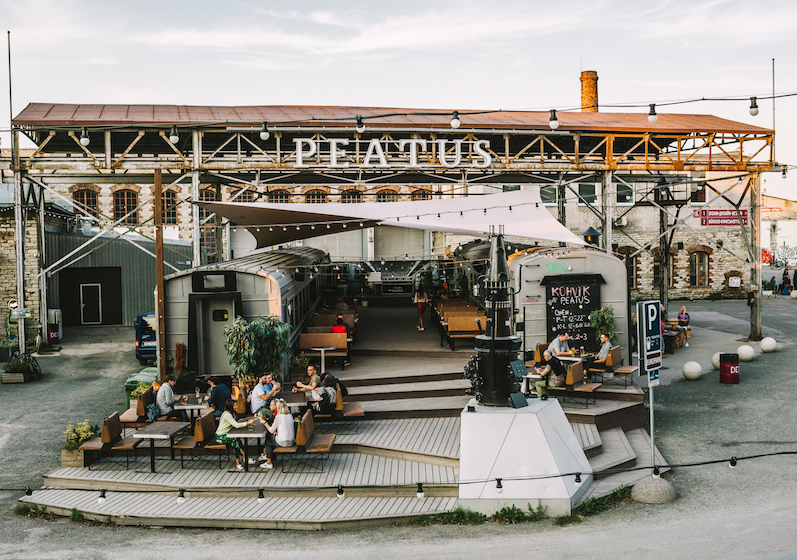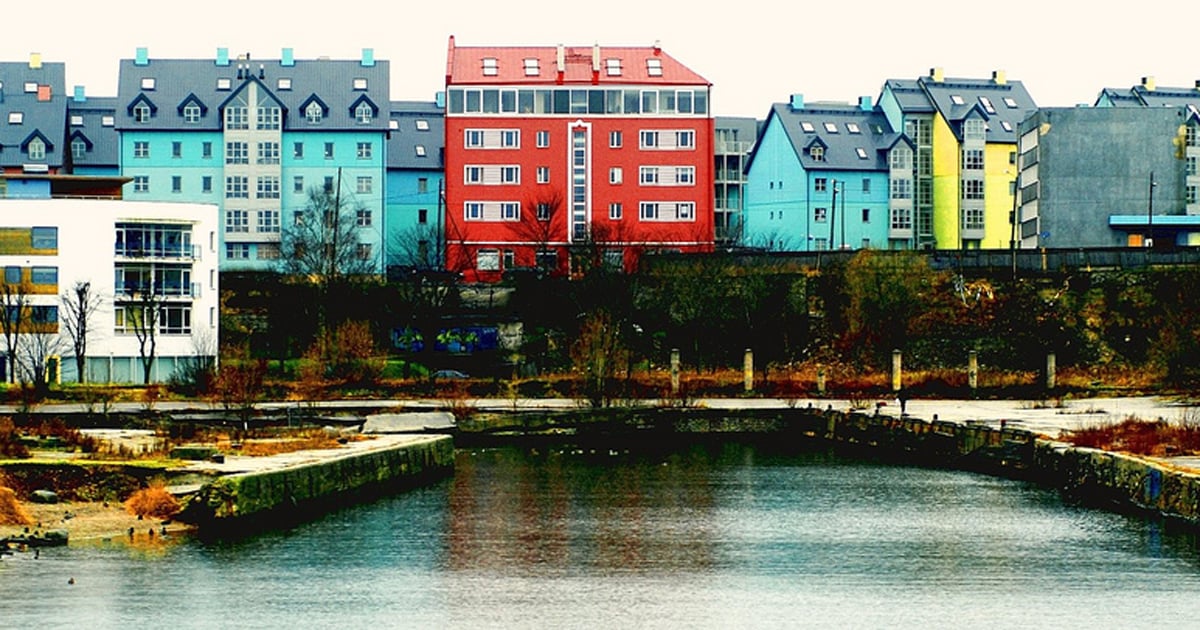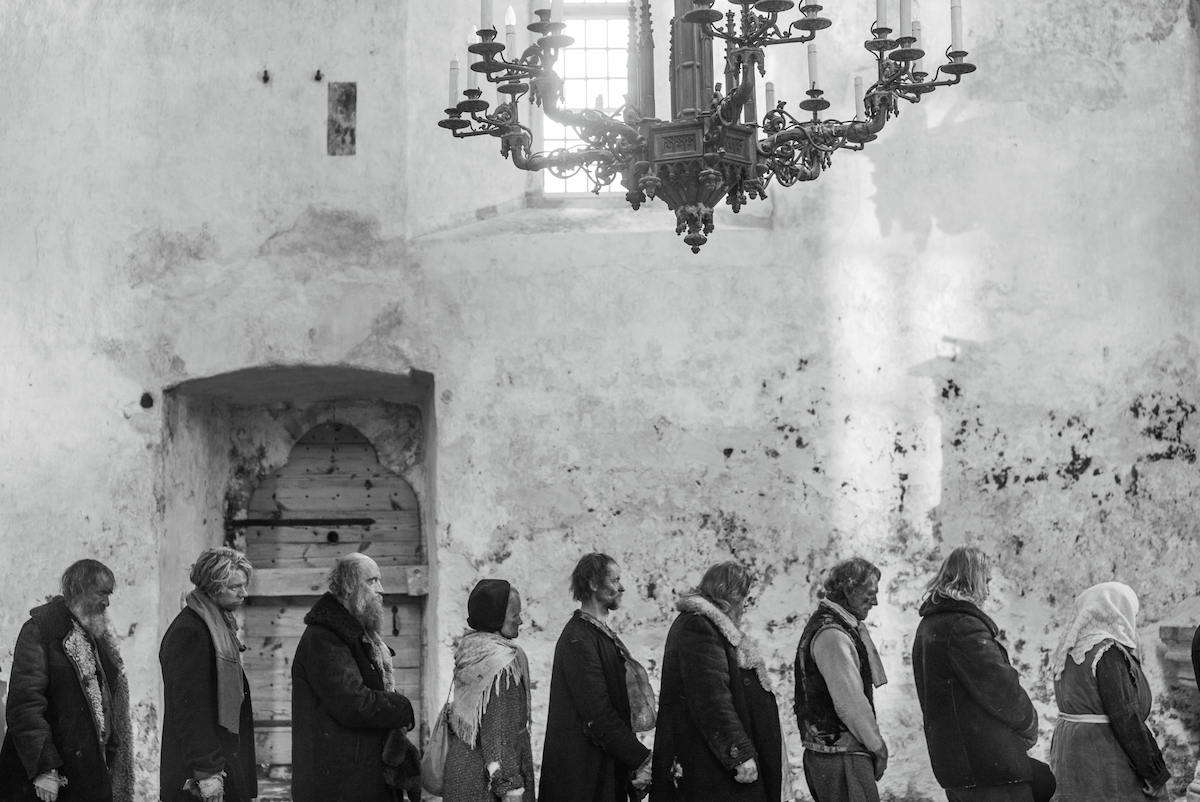5 minute guide to Tallinn: Brutalist ruins and seafood delicacies on the shores of the Baltic Sea

For a good time away from throngs of tourists, head to: Linnahall. This giant concrete building, which sprawls down a hill towards the open sea, is the former Lenin Palace of Sports and Culture, built to stage the sailing events of the 1980 Summer Olympics (which took place in landlocked Moscow). In its day, the building saw crowds roaring in delight at the Soviet and foreign music stars who used to perform here, before its gradual decay in recent decades. Now it’s a wickedly charming seaside getaway, neglected by locals and tourists alike. All the better. Read the poems graffitied onto the walls and watch the plants grow through cracks in the concrete as you walk down to the water. If you need a break there is a small cafe on the shore.
Where to drink with the locals: Baltic sprat isn’t the only reason to visit Valli Bar. An unassuming drinking den located in the belly of the Old Town, Valli is thought to have been plying its patchwork clientele with drinks since the mid-19th century. Its visitors, bound by an unspoken pact to keep tipsiness levels at a consistent high, seem to have become part of the bar’s furniture. With its faithful crowd of elder Estonian gentlemen and alcohol-thirsty Finnish tourists, Valli has also won over cool young locals crazy for its killer millimallikas (“jellyfish”) shots and charismatic patrons.
The must-try local delicacy: Despite the dominance of meat-based medieval-style tavernas in the Old Town, Tallinn derives its best delicacies from the sea. The famous Baltic sprat and vobla are not the easiest to find, but a determined hunt will inevitably lead to delicious results. The sprat on bread at Valli Bar, topped with a slice of fresh lemon, are simply perfection. Locals know that the best vobla are those bargained from the fishermen in the port for a can of beer. If the stars align, they’ll share their fresh catch and even show you how to eat it.
The best walk is: Limestone, glass, and black steel set the tone in the Rotermann quarter. Once a busy industrial district linking the Old Town with the Port, the modern Rotermann is dotted with cafes and designer shops set among beautifully designed public areas and green zones. Get a taste of Tallinn’s penchant for renovated industrial architecture, or try the local sweets at the Kalev chocolate factory brand shop.
The best way to get around the city is: On foot. Tallinn’s medieval Old Town, as well as its numerous parks and seaside are best explored by walking. Sites further afield, such as the Teletower, can be reached by bicycle.
Best view over the city: The roof of the Maritime Museum — not to be confused with the Seaplane Harbour Museum — offers views over the Kalamajaa district, a web of narrow streets and two-storey, wooden houses. Yellow, pale red, blue, and green kalamajas, or “fish houses”, form one of the oldest neighbourhoods in Tallinn, which has a rustic charm and a recently acquired bohemian vibe owing to the influx of artists who hang out in the area.


